Machine learning libraries and frameworks make it easier to write code for machine learning without knowing the underlying mathematics behind the algorithms or building from scratch. With libraries, we can write code faster to train models.
In picking a machine learning framework to use, carefully consider these:
1. Learning curve of a machine learning library
Some machine learning libraries are easy to learn and implement, while others require more technical expertise.
2. User and organization’s adoption
It is essential to know what tool organizations use in production if you intend to apply for machine learning jobs or build your product.
3. Project scope
Machine learning libraries focus on different goals. Find a library that is useful to your project scope.
If your project scope focuses on image data, you should choose better-optimized frameworks for images.
10 best machine learning libraries and frameworks.
1. PyTorch

PyTorch is an open-source machine learning framework developed by Facebook’s AI Research lab (FAIR)
Written in: Python, CUDA, C++.
PyTorch is used both for research and production in building state-of-the-art products. It broadly supports the development of projects in computer vision, natural language processing, reinforcement
learning and more.
It has a robust ecosystem and is supported on major cloud platforms.
Learning curve: Medium
PyTorch is easier to learn than other deep learning frameworks.
Adoption level: High
1900+ contributors on Github. Used by over 83,000 repositories on Github.
Who is using PyTorch?
salesforce, Stanford university, Udacity
Where to learn PyTorch
Learn the basics of PyTorch following these tutorials.
2. TensorFlow (TF)
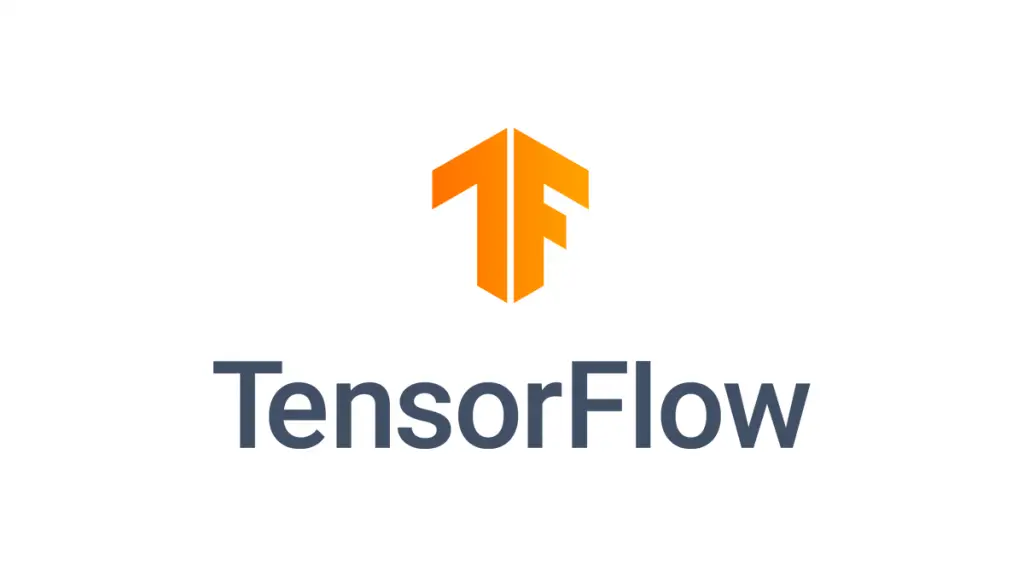
TensorFlow is an open-source platform for machine learning developed by Google. TensorFlow was released to the public in November 2015. The core of TensorFlow is written in Python, C++, and CUDA.
TF is used both in research and production environment.
Although Python is widely used for TensorFlow, TensorFlow is available in R, JavaScript.
TF is popularly used for numerical computations. It has inbuilt machine learning and statistical tools. It is used to build projects on regression, classification, neural networks, and more.
In production, TensorFlow Extended (TFX) is used to build a production pipeline. It is optimized for large scaling and other deployment features.
TensorFlow has a visualization toolkit called TensorBoard. TensorBoard provides an interactive web-based dashboard for visualization.
TensorFlow can run computations on CPU, GPU, and TPU.
Learning curve: Medium
Adoption level: High
TensorFlow is widely used in production.
3,036+ Contributors; used by over 146,000 repositories on Github.
Examples
TensorFlow has a step-by-step example on its website.
- Build your first neural network with TensorFlow, classify images of clothing.
- Build a movie recommender engine.
- Train a Generative Adversarial Network
Who is using TensorFlow?
Some of the companies using TensorFlow include;
Airbnb, Google, Coca-Cola, DeepMind, GE Healthcare, intel. Twitter, Dropbox, eBay, Lenovo, Linkedin, Nvidia, PayPal, Snapchat, Bloomberg, musical.ly, Kakao, AMD
Where to learn?
I recommend you start with TensorFlow tutorials here.
3. Scikit-learn
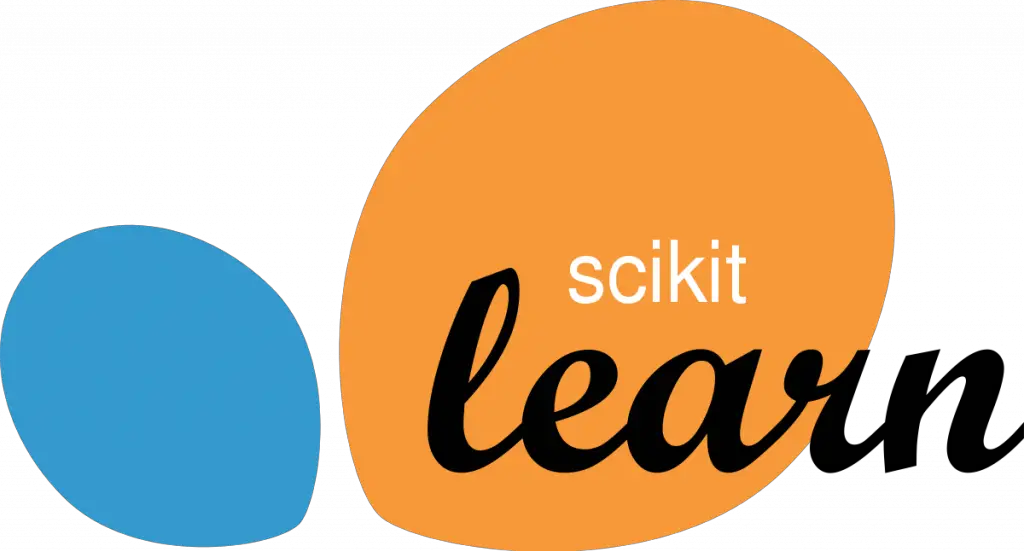
Scikit-learn is a popular open-source machine learning library developed by David Cournapeau and initially released in June 2007.
Written in Python, C, C++, Cython.
Scikit-learn is not built to run across clusters. It is mainly used in experimentation.
learning curve: Easy
Adoption level: High
2000+ contributors on Github. Used by over 238,000 repositories on Github.
4. Spark MLlib
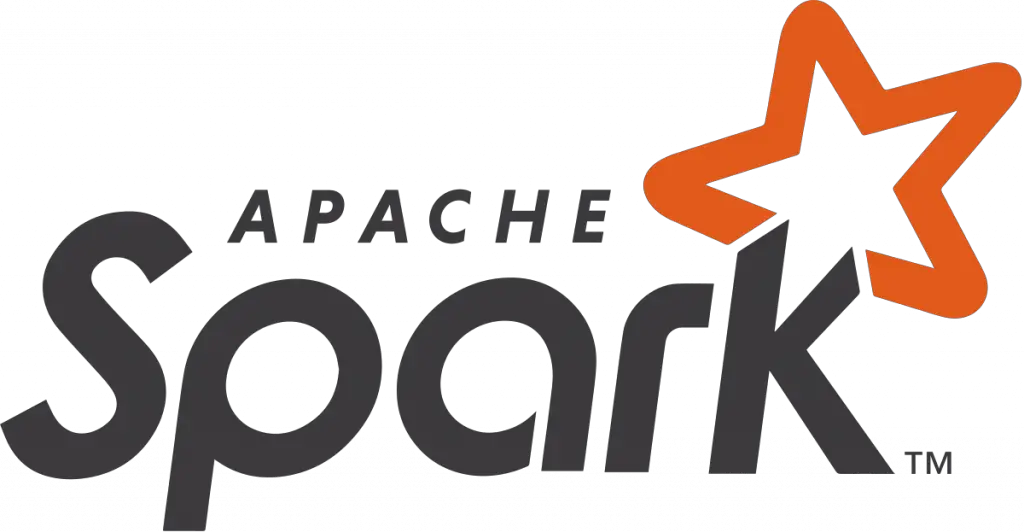
Apache Spark itself is a unified analytics engine for large-scale data processing. It is used for many things, including;
creating and managing data pipelines, data ingestion, data streams, machine learning modeling.
Spark MLlib is built on top of Spark. It is widely used in production because it integrates easily with other Spark components like Spark SQL, Spark Streaming.
learning curve: Medium
Adoption level: High
1600+ contributors on Github. Used by over 604 repositories on Github.
5. spaCy
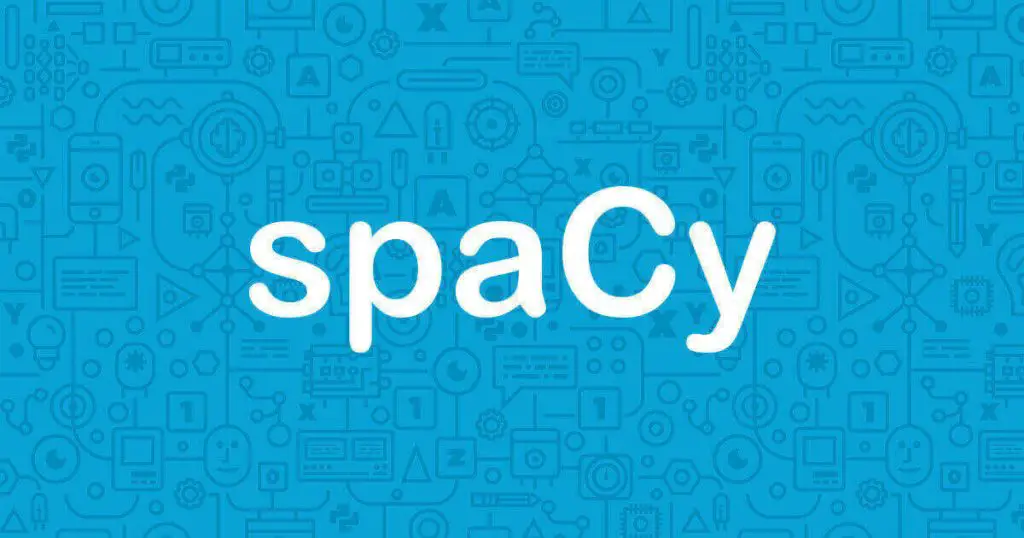
spaCy is an open-source library developed by Explosion AI for natural language processing and written in Python and Cython.
spaCy is an excellent library for feature engineering and extracting information on text data. spaCy is built for production use, and it can handle large volumes of text data.
learning curve: Medium
Adoption level: Medium
542+ contributors on Github. Used by over 26,000 repositories on Github.
6. Natural language toolkit (NLTK)

NLTK is an open-source library for natural language processing. It was initially developed by Steven Bird, Edward Loper, Ewan Klein.
Written in Python.
NLTK is very useful in preprocessing text data.
learning curve: easy
Adoption level: High
340 contributors on Github. Used by over 107,000 repositories on Github.
7. Numpy
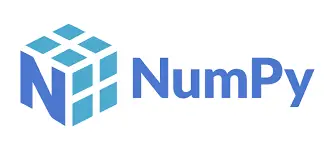
NumPy is an open-source python library that offers an extensive collection of comprehensive mathematical functions. Numpy helps us work with arrays to perform various mathematical operations.
Written in Python and C.
Jim Hugunin created NumPy. Initially released in 1995.
learning curve: easy
Adoption level: High
1,169+ contributors on Github. Used by over 736,000 repositories on Github.
8. Pandas
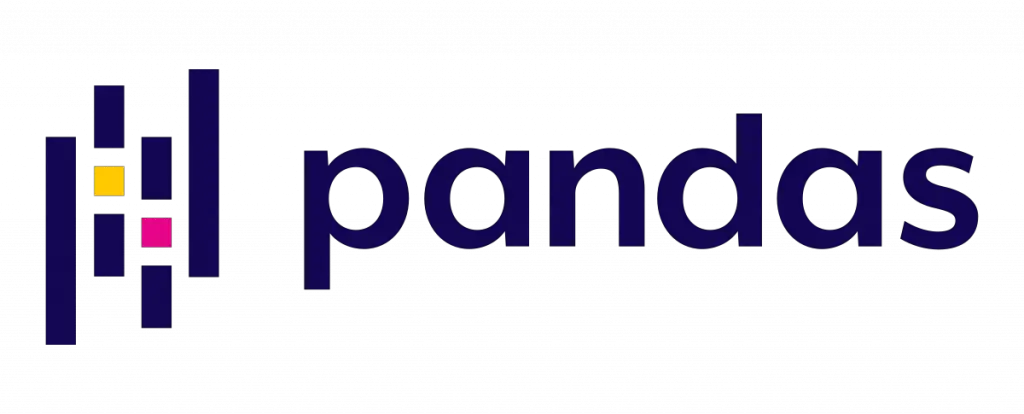
Pandas is an open-source data analysis library. It is an excellent tool for data analysis and manipulation.
Pandas were created by Wes McKinney and released on 11 January 2008.
Written in Python, C, and Cython.
learning curve: easy
Adoption level: High
2380+ contributors on Github. used by over 469,000 repositories on Github.
9. Matplotlib
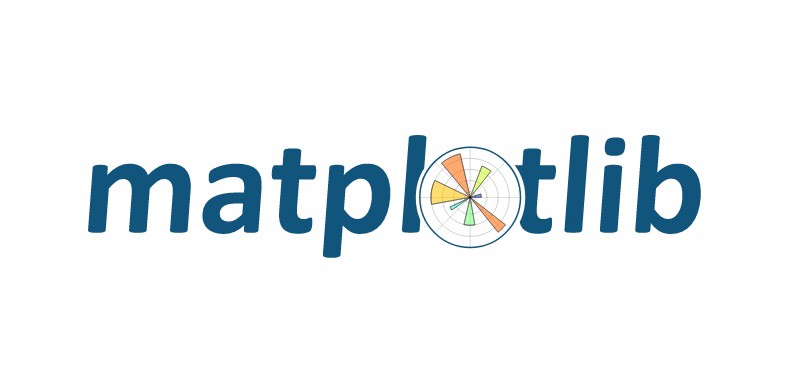
Matplotlib is one of the most popular plotting open-source libraries for the Python programming language. It is used to plot a graphical representation of data.
learning curve: easy
Adoption level: High
1,097+ contributors, used by over 387,000 repositories on Github.
10. Keras

Keras is an open-source library built on top of TensorFlow for creating an artificial neural network.
François Chollet originally developed it. Released in March 2015.
learning curve: medium
Adoption level: high
910+ contributors on Github.
Conclusion
These machine learning libraries and frameworks power a good number of machine learning products. They are widely used in state-of-the-art machine learning research and production.
They are;
- PyTorch
- TensorFlow
- Scikit-learn
- Spark MLlib
- spaCy
- NLTK
- Numpy
- Pandas
- Matplotlib
- Keras


